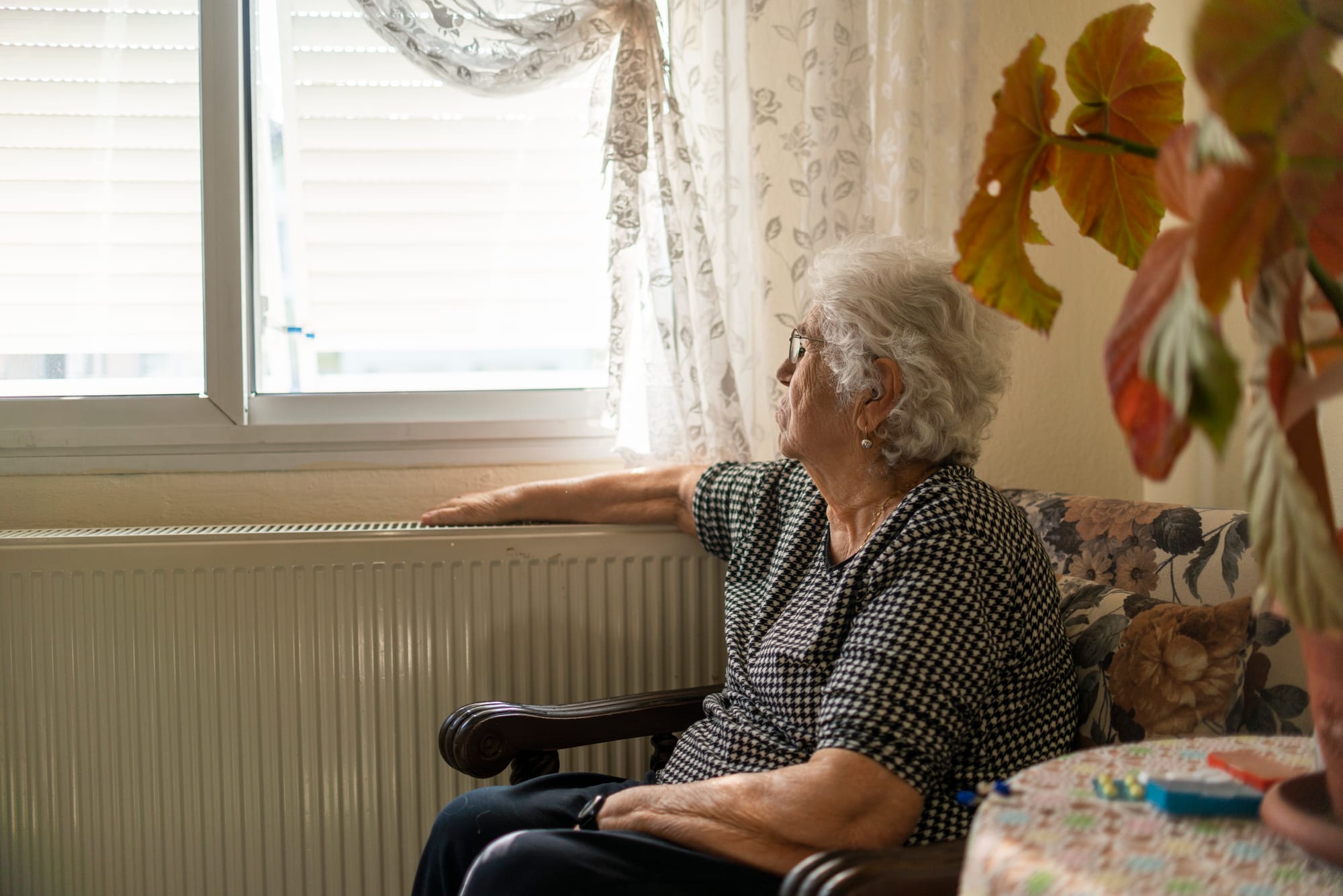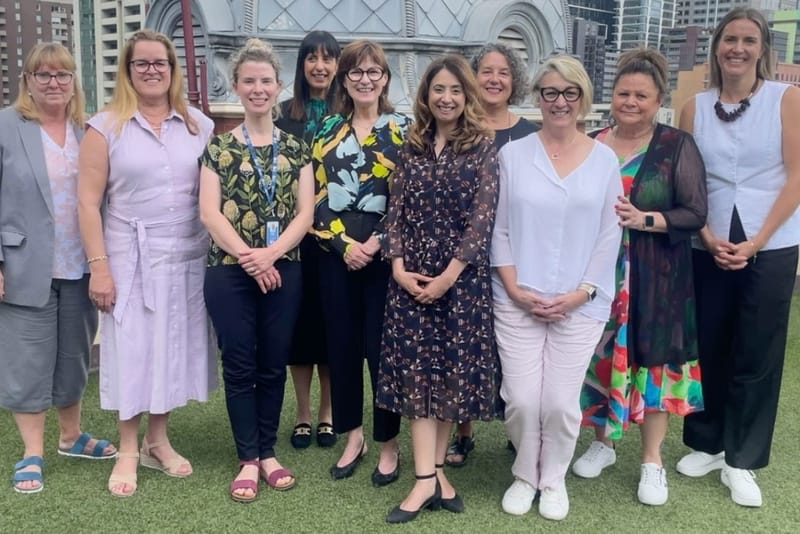Australia's most vulnerable living 'a shocking tale of neglect'
Almost 40 per cent of nursing home residents have experienced some form of abuse, according to the 2021 Royal Commission into Aged Care Quality and Safety

BY WREN GILLETT
Almost 40 per cent of nursing home residents have experienced some form of abuse, according to the 2021 Royal Commission into Aged Care Quality and Safety.
The report labelled Australia’s institutional care ‘a shocking tale of neglect’ after hearing the responses to a survey of 391 aged care residents across 67 homes.
One year after the report’s release, families experiencing aged care today say the issue of abuse is still prevalent in these homes and they do not believe the pattern of neglect is over.
Eileen Hayay, who recently passed away aged 99, experienced neglect during her three years in a care facility in New South Wales.
Her daughter, Valerie Mitchelmore, has since spoken out about her mother’s experience, saying “she deeply regrets” letting her mother into the aged care system.
Ms Hayday experienced neglect a year and a half into her time as an aged care resident, following a sudden fall out of bed that left her unable to walk.
Staff at Ms Hayday’s facility said they would arrange physiotherapy to support her in regaining the ability to walk - but this never happened.
“I asked continually about physiotherapy, but no one was doing anything. It was like they thought she was too old for rehabilitation and just sort of gave up on her,” Ms Mitchelmore said.
“She was just left lying there.”
Mickeala Mohan, the team leader of intake at Elder Rights Advocacy, said a lot of her organisation’s work involves helping people with accessibility and abuse-related issues.
“We get complaints about the complexity of the aged care system, which is often labyrinthed to get through for many people… so we help individuals access and navigate services,” Ms Mohan said.
“The most common issue facing older people is abuse - be that financial abuse, neglect or psychological abuse.”
The neglect Ms Mitchelmore’s mother experienced became increasingly worse after she was denied access to a physiotherapist.
Immobility slowly exacerbated the 98 year old’s dementia, so her carers decided to move Ms Hayday to the dementia ward.
Despite showing only mild symptoms of dementia, she was now surrounded by people with extreme cases of chronic dementia and other mental illnesses.
“The move to the new ward didn’t help Eilieen’s dementia. If anything, it definitely made it worse,” Ms Mitchelmore said.
“There was this one lady in the bed next to Eilieen that would repeatedly yell out ‘help me', ‘I need help', ‘help’. It was awful."
Ms Hayday’s lack of movement eventually rendered eating difficult. The 98-year-old’s false teeth were irritating her one day, so she placed them aside on her food tray.
The kitchen staff came around to collect meals, and when they cleared the plates, they also threw out Eilieen’s teeth.
“She couldn’t chew her food, and no one even noticed there was an issue for two days,” Miss Mitchelmore said.
Ms Mitchelmore said these stories only form part of the neglect Eileen Hayday experienced at her care facility in New South Wales.
But Ms Mitchelmore does not blame the carers at her mother’s home for Ms Hayday’s experience - she blames the system.
“The people who go into these industries are wonderful, caring people,” Valerie said.
“There’s just not enough of them.”
Australian aged-care homes are experiencing chronic understaffing, excessive workloads and extended shifts, according to a 2022 Health Services Union survey of more than 1000 workers.
“Two years into the pandemic we are looking at a workforce that’s extremely burnt out, in addition to historically being undervalued, overworked and underpaid,” Ms Mohan said.
“Something does need to change.”
Following The Aged Care Quality and Safety Royal Commission report, The government has set a new staffing standard for aged care homes. These three requirements will be mandatory from October 1, 2023:
Providers must ensure residents receive at least 200 minutes of total care per day, a registered nurse must provide at least 40 minutes of that care, and a registered nurse must also be on site for morning and afternoon shifts each day.
But the 2021 Australian Health Review found that only 3.8 per cent of Australian aged care facilities would meet new mandatory minimum staffing standards if they were assessed today.
Sixty per cent of aged care workers reported the recommended minimum of 200 care minutes per resident each day is currently unachievable, according to CompliSpace's 2022 report into the aged care workforce.
Ms Mithelmore says she recognised the extent of the sector’s understaffing when she and her daughter were bringing Ms Hayday back home from a day trip, during the later hours of the night, and could find no carers right across the facility.
“There were wards of elderly people sleeping, with no one around,” Ms Mitchelmore said.
“We searched for staff but couldn’t find even one carer, so we ended up just dressing Eilieen and getting her ready for bed ourselves.”
Ms Mohan said targeted funding for aged care staff is necessary if workers are to meet these new targets.
“Ultimately, if aged care had a workforce that was well paid and well resourced, this would address many of the issues we hear about,” Ms Mohan said.
The Federal Government has pledged to fund a meaningful and significant pay rise for workers in the aged care sector in a submission to the Fair Work Commission.
The minimum wage for an aged care worker will see a rise from $23 an hour to around $28 an hour. The union is still advocating for an eventual 25 per cent pay rise to reflect the increased value of aged care work.
“Conditions of aged care workers are first and foremost if we want to have services delivered that are in line with the charter of aged care rights,” Ms Mohan said.
While government funding is crucial, Ms Mohan said the community could better support Australia’s elderly through a greater show of respect.
“Social isolation is a huge part of life for many elder people, sadly, so having a genuine interest in their lives can be really helpful,” Ms Mohan said.
Almost 26 per cent of the Australian population above 65 years is supported by institutional long-term care. By comparison, only 10 per cent of people aged 65 or above in the United States and Japan are in these facilities.
These high rates of aged care participation in Australia mean the chances of spending time in a nursing home are more likely in this country than in most places worldwide.





